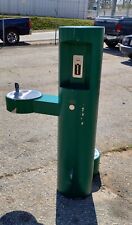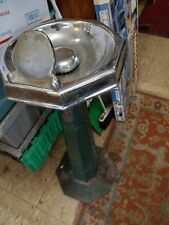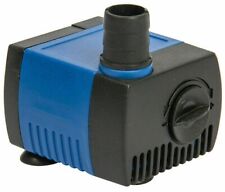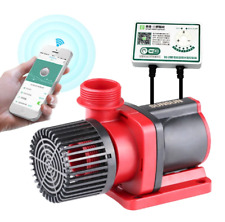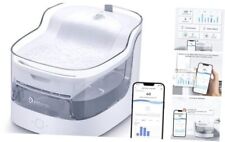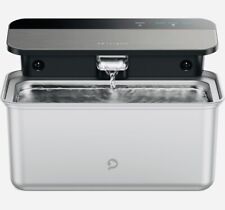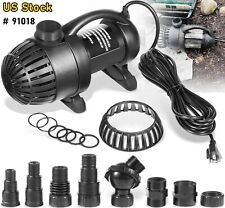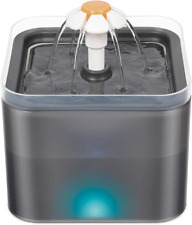Crate Training your Dog

How can crate training help me housebreak my dog?

It is amazing how easy it can be to train a young dog if you take the right steps. Crate training and housebreaking (or ‘toilet training’) can be simple and go hand-in-hand. First, the crate provides the puppy with a sense of security. Behaviorists and trainers consider the crate as a sort of “safe space” or “den” for the puppy. When used positively, and never as a punishment, your puppy can become very bonded with the crate.
If the crate is an appropriate size, your puppy should be compelled to NOT void urine or feces while in the crate. This space becomes ‘theirs’ and most dogs simply won’t lay where they urinate or defecate. This in turn will help teach the puppy to “hold it” while in the crate. Puppies that are allowed too much space to roam will typically find a spot where they will urinate or defecate inside of the house. Restricting the size of your puppy’s space, such as using a crate when you’re not immediately supervising the pup, will reduce “accidents”- since they want their immediate space around them to be tidy and clean. The crate should be big enough for the puppy to turn around in, stand up and lay down slightly stretched out – no larger. If the crate is too big, they may start urinating or defecating in the corners. Some crates are made with removable partitions that can be taken out as your puppy grows.
Introducing the crate should be a positive experience. Some owners feed their puppy each meal while locked in the crate. It is best to lock them in the crate while you are home at first and provide a treat or meal for them to eat. If the puppy starts to whine or cry, this is typical and they will eventually stop as they get used to being in the crate. When you are home with the puppy and out playing, leave the crate open so that he or she can explore the inside of the crate freely.
Setting up a ‘toilet routine’ will also aid in crate training and house-breaking. Puppies should be taken out to toilet first thing in the morning, and about 20 minutes after each meal. For a very young puppy (less than 14 weeks of age) – bathroom breaks should occur every few hours. Over time, especially if the crate is used between bathroom breaks, your pup will be able to “hold it” for longer periods of time.

Murdock Water Fountain Free Standing Bi-Level W/Pet Bowl. Water Valve Pkg Incld
$2000.00
VINTAGE. Murdock CAST IRON Water Fountain Free Standing
$1350.00
JAJALE 66 GPH Submersible Water Pump Aquarium Fountain Hydroponic x100 Wholesale
$569.99
Adjustable Flow Aquarium Pump Water Submersible Fish Tank Fountain Pond Marine
$484.05
Atlantic Water Gardens MD250 Energy Efficient Feature and Fountain...
$306.08
2L Cat Water Fountain Smart App Control,8 Layers Filtration Automatic White
$306.65
Petlibro Ultrafiltration 2024 Upgraded Cat Water Fountain 2.5L Water Fountain
$223.44
91018 GPH Water Pump Aquarium Fish Tank Submersible Pond Fountain Hydroponics
$280.99
Cat Water Fountain, 1.8L Clear Automatic Water Dispenser for Pet Drinking Founta
$54.16
Cat Water Fountain 67Oz/2.0L,Automatic Pet Fountain,With Filter Element and Adju
$32.34
